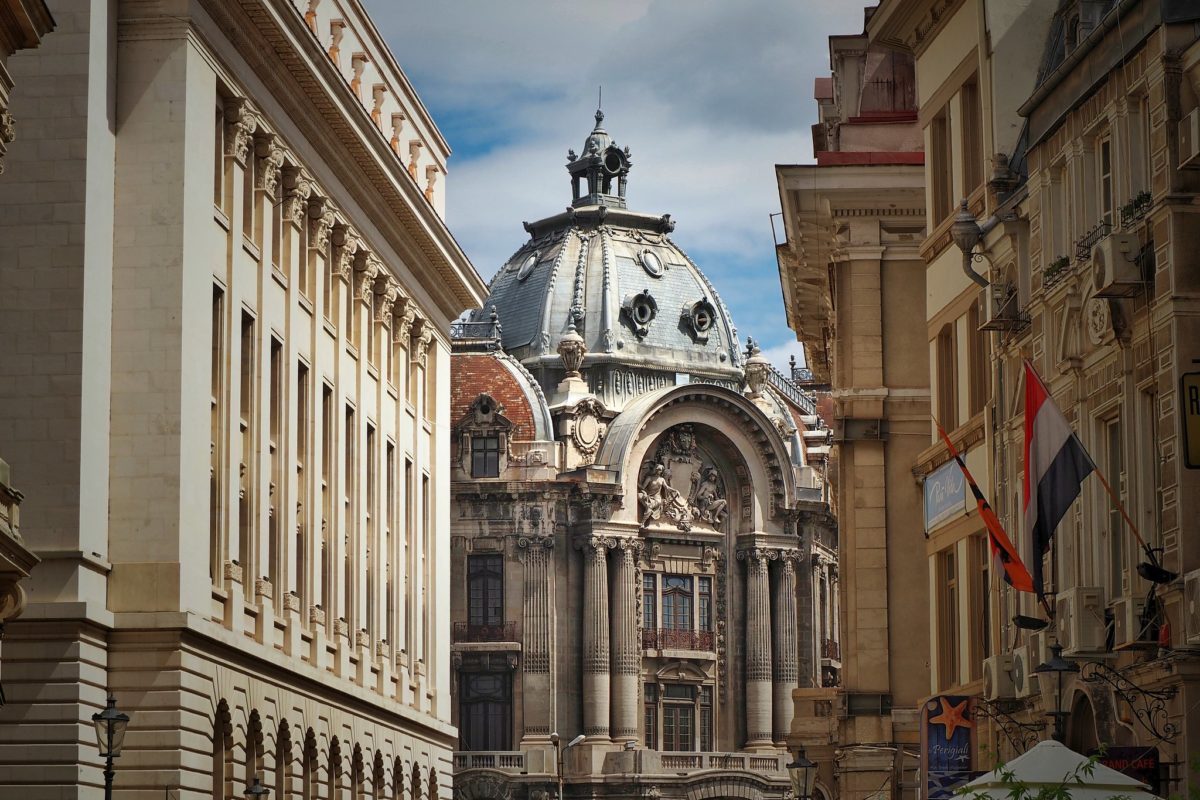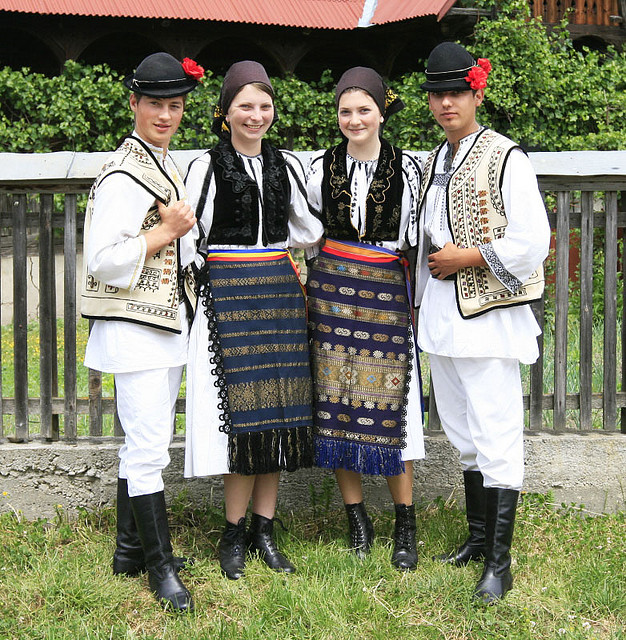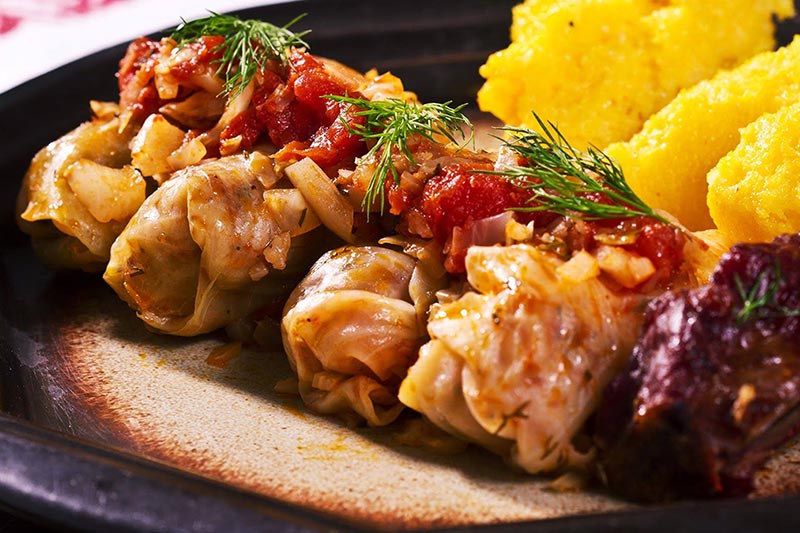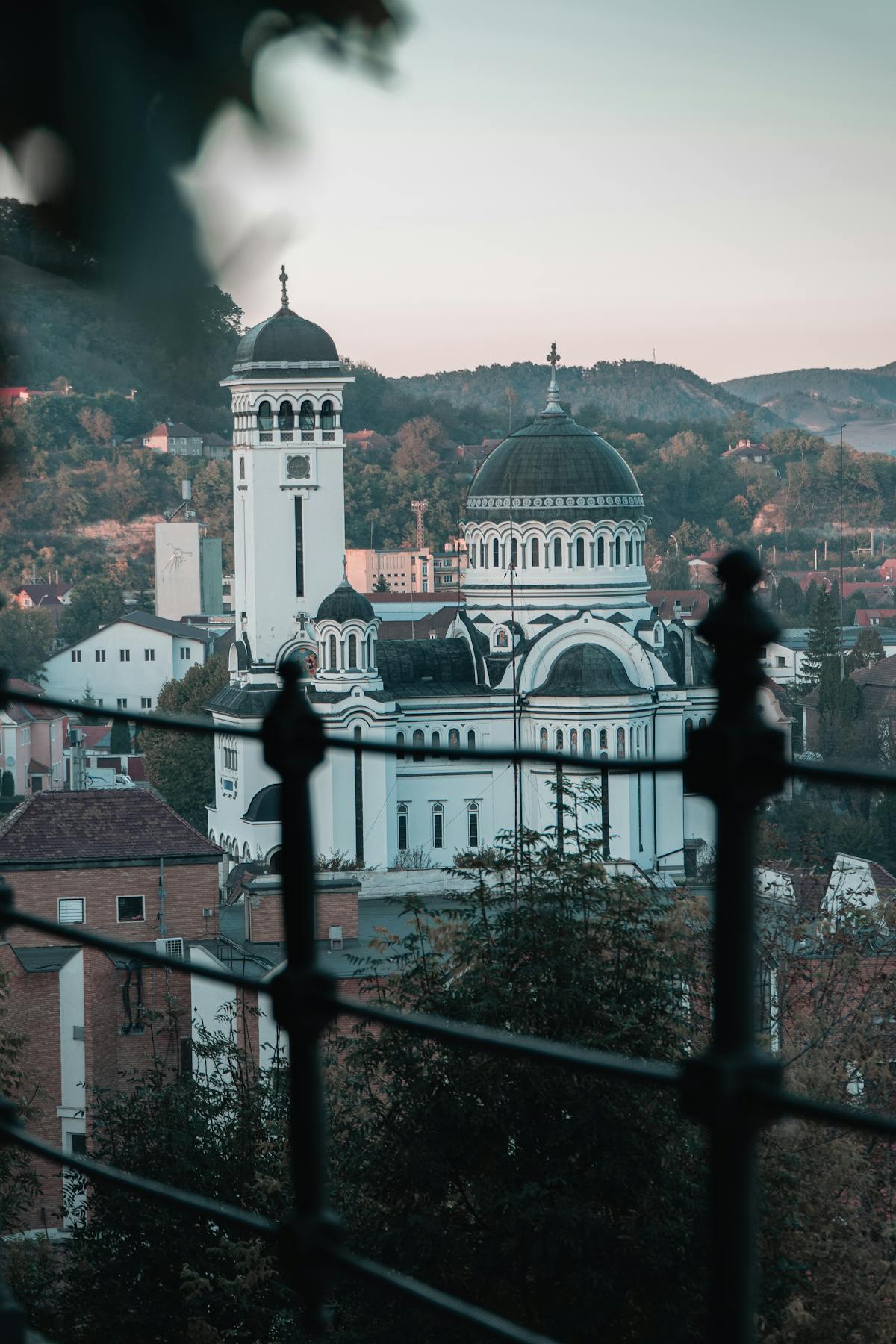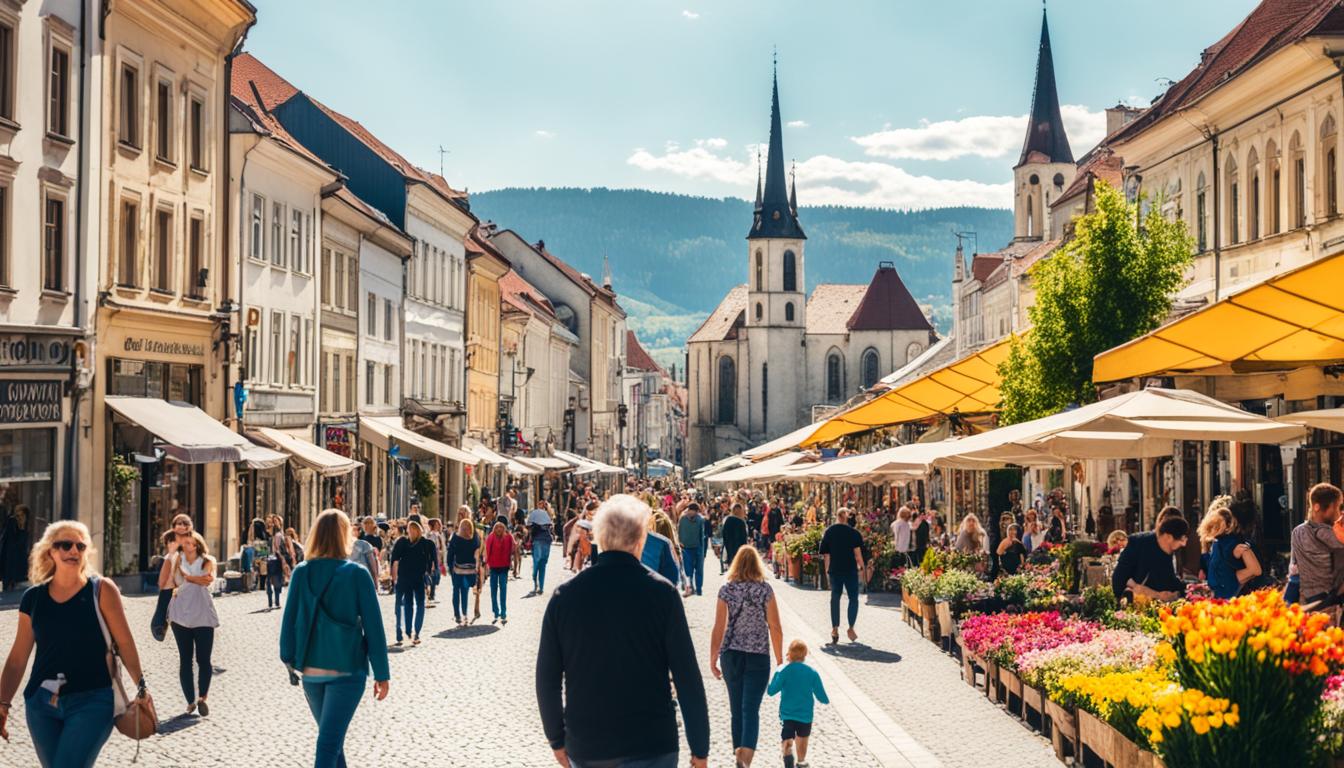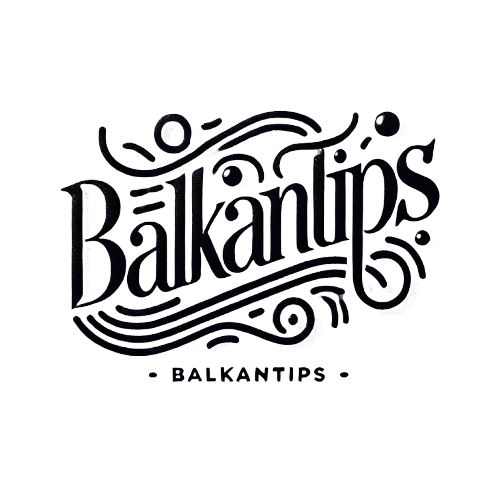

Explore the stunning Adriatic coast, rich culture, and unique history of Romania.
Romania is a country rich in history, culture, and natural beauty, shaped by a unique blend of Eastern and Western influences. Here are key periods in Romania's historical development: Ancient Times: Romania's territory was once home to the Dacians, a powerful civilization known for its warriors and gold. The region was later conquered by the Roman Empire, leaving a lasting legacy in Roman cities and structures. Medieval Romania: In the Middle Ages, Romania was divided into principalities, including Wallachia, Moldavia, and Transylvania. These regions developed distinct identities while resisting invasions from the Ottoman, Hungarian, and Polish forces. Ottoman Influence: Though never fully conquered, Romania’s principalities paid tribute to the Ottoman Empire, which influenced its political structure and trade. Independence and the Kingdom of Romania: Romania gained independence from Ottoman influence in 1877. Soon after, Romania became a kingdom, achieving territorial expansion and modernization under King Carol I. World Wars and Greater Romania: Following World War I, Romania expanded to include Transylvania, Bessarabia, and Bukovina, creating "Greater Romania." However, World War II and subsequent Soviet occupation reshaped Romania’s borders and political system. Communist Era: After World War II, Romania became a Socialist Republic under Communist rule. During Nicolae Ceaușescu's leadership, the country faced isolation, economic struggles, and strict authoritarian rule until the 1989 Revolution. Post-Communist Romania: Following the 1989 Revolution, Romania transitioned to democracy and a market economy. It joined NATO in 2004 and became a member of the European Union in 2007, marking its commitment to European integration. Modern Romania: Today, Romania is known for its stunning landscapes, vibrant culture, and historical landmarks. The country continues to develop economically while preserving its rich heritage, from the Carpathian Mountains to the Danube Delta.
Romanian culture is a rich tapestry woven from Eastern European, Ottoman, Slavic, and Latin influences. Known for its folk traditions, hospitality, and vibrant festivals, Romania’s cultural identity has been preserved through its music, dance, and customs passed down over centuries.
Visual Arts: Romania has a strong tradition in both folk and fine arts, with artists often drawing inspiration from the country’s folklore and landscapes. Today, Bucharest and other cities host galleries and art festivals celebrating modern and traditional Romanian art.
Architecture: Romania's architecture reflects a blend of Byzantine, Gothic, Ottoman, and modern styles. Notable landmarks include:
Romania is known for its lively festivals and celebrations, many of which reflect its rich folklore and religious traditions.
Romanian cuisine is known for its hearty and flavorful dishes, influenced by Balkan, Turkish, and Slavic culinary traditions.
Romania’s history dates back to prehistoric times, with evidence of human settlement from the Paleolithic era. Notable archaeological sites such as the Peștera cu Oase cave showcase early human activity and the development of unique Neolithic cultures, like the Cucuteni-Trypillia culture.
In 106 AD, the Roman Empire conquered the Kingdom of Dacia under Emperor Trajan. The Romans established cities, fortifications, and infrastructure, introducing Latin culture and language, which significantly influenced the region. The capital of Roman Dacia was Sarmizegetusa, and remnants of Roman roads and settlements are still visible today.
Following the Roman withdrawal, the region saw waves of migrations and invasions. By the 14th century, the principalities of Wallachia, Moldavia, and Transylvania emerged. These territories developed distinct identities and often faced Ottoman and Hungarian pressures. Figures like Vlad the Impaler (Dracula) of Wallachia and Stephen the Great of Moldavia became national heroes for resisting Ottoman incursions.
Although Wallachia and Moldavia retained autonomy, they were vassal states to the Ottoman Empire, paying tribute and occasionally participating in Ottoman military campaigns. Transylvania, meanwhile, became part of the Habsburg Monarchy, developing under different influences. Ottoman suzerainty shaped Romanian society, but it also fostered resistance and a desire for independence.
In 1859, the principalities of Wallachia and Moldavia united under Prince Alexandru Ioan Cuza, forming the basis of modern Romania. Full independence was achieved in 1877, and Romania was officially recognized as a kingdom in 1881 under King Carol I. This period saw modernization efforts, including infrastructure, education, and political reform.
Following World War I, Romania expanded to include Transylvania, Bukovina, and Bessarabia, creating "Greater Romania." However, World War II brought territorial losses and occupation. Romania initially allied with the Axis powers but switched to the Allies in 1944. After the war, Soviet influence led to the establishment of a Communist regime.
Romania became a socialist republic under Soviet influence, with Nicolae Ceaușescu as its long-time leader. Ceaușescu's strict policies and isolationist stance led to severe economic hardships and restricted freedoms. This period ended with the Romanian Revolution of 1989, leading to Ceaușescu's overthrow and the end of Communist rule.
Following the 1989 Revolution, Romania transitioned to democracy and a market economy. The country joined NATO in 2004 and became a member of the European Union in 2007. Today, Romania continues to develop economically and culturally, balancing modernization with the preservation of its rich heritage.
Early Origins of the Bosnian Language
Proto-Slavic Roots: The origins of the Bosnian language, like other South Slavic languages, can be traced back to Proto-Slavic, spoken by early Slavic tribes who migrated to the Balkans in the 6th and 7th centuries AD. Over time, regional dialects developed within the South Slavic languages, giving rise to distinct linguistic identities.
Arrival of the Slavs: The Bosnians, part of the South Slavic group, settled in the region of present-day Bosnia and Herzegovina in the early Middle Ages. They spoke a variant of Old Slavic, which would eventually evolve into the Bosnian language we know today.
Old Church Slavonic Influence: In the 9th century, Old Church Slavonic, codified by Saints Cyril and Methodius, was introduced to the region, primarily for religious texts. This language, along with the Glagolitic and Cyrillic scripts, influenced early Bosnian writing and religious literature, especially in ecclesiastical contexts.
Medieval Dialects: During the medieval period, the Bosnian language developed unique characteristics. Bosnian Cyrillic, also known as Bosančica, was widely used for administrative and legal documents. The language displayed distinctive phonetic, lexical, and grammatical features, differentiating it from neighboring languages.
Bosnian Cyrillic Script: Bosančica, a variant of Cyrillic script, became prominent in medieval Bosnia and was widely used in official documents and literature. This script was unique to Bosnia and contributed to the formation of a distinct Bosnian literary tradition.
Influence of Turkish and Arabic: During the Ottoman period (1463-1878), Turkish and Arabic had a significant impact on the Bosnian language, especially in vocabulary related to administration, law, and daily life. The use of Arabic script for writing Bosnian, known as Arebica, also emerged during this time.
Arebica: This variant of the Arabic script was adapted for Bosnian and used by Bosniaks, particularly for religious and literary texts. Although less common today, Arebica played a crucial role in Bosnian cultural history.
Bosnian Linguistic Revival: In the 19th century, as part of a broader South Slavic national awakening, there was a renewed interest in developing and standardizing the Bosnian language. Efforts were made to establish Bosnian as a distinct language with its own identity, drawing on historical scripts and dialects.
Influence of the Illyrian Movement: While the Illyrian Movement primarily affected Croatia, it also inspired Bosnian intellectuals to recognize and preserve Bosnian linguistic heritage.
Standardization: Following Bosnia's independence in the 1990s, efforts intensified to standardize Bosnian, with the Shtokavian dialect as its basis. Modern Bosnian is officially written in the Latin script, though Cyrillic is also recognized.
Modern Influences: The Bosnian language has absorbed words from Turkish, Arabic, German, Italian, and English, reflecting the country’s complex history and cultural diversity.
Phonology: Bosnian has a diverse phonemic inventory, with five vowels and various consonants influenced by Arabic and Turkish loanwords.
Grammar: Bosnian, like other South Slavic languages, is highly inflected, with nouns, pronouns, and adjectives that change form based on case, number, and gender. Bosnian has seven grammatical cases, adding complexity to its structure.
Vocabulary: Bosnian vocabulary is primarily of Slavic origin, but Turkish, Arabic, and more recently English influences are evident, particularly in modern-day vocabulary related to technology and international relations.
Early Origins of the Romanian Language
Latin Roots: Romanian is a Romance language with origins in Vulgar Latin, introduced during Roman rule in Dacia (106-275 AD). As the Roman Empire left, Latin continued to evolve in isolation, eventually giving rise to the Romanian language, which developed unique characteristics while retaining its Latin base.
Influence of Migration: After the Romans withdrew, various migratory peoples—such as the Goths, Huns, Slavs, and later Hungarians—entered the region. Despite these influences, Latin roots remained strong, and early Romanian preserved its core Romance structure and vocabulary.
Early Writing: Romanian was first written using the Cyrillic script, especially for religious and administrative purposes, due to Slavic influences from neighboring regions and the Orthodox Church.
Influence of Slavic Languages: During the Middle Ages, Romanian absorbed Slavic elements, particularly in religious and legal vocabulary, reflecting the close cultural and political interactions with Slavic-speaking communities.
Transition to Latin Script: By the 16th century, Romanian scholars began adopting the Latin script to align more closely with their Latin heritage. By the 19th century, the Latin script had become the standard, reflecting a growing sense of national identity.
Greek and Ottoman Influence: Under Ottoman suzerainty, Turkish and Greek terms entered Romanian vocabulary, particularly in administration, trade, and culture.
Language Standardization: In the 19th century, Romanian intellectuals, influenced by the Romantic nationalist movement, sought to emphasize the language's Latin roots. This period led to the standardization of Romanian grammar, vocabulary, and orthography.
Latinization Movement: Efforts were made to replace many Slavic and Turkish loanwords with Latin-based equivalents, reflecting the renewed interest in Romania's Latin heritage.
Standardization: Modern Romanian, standardized in the late 19th and early 20th centuries, is based on the Daco-Romanian dialect spoken in Romania and Moldova. It uses the Latin alphabet with diacritical marks unique to the Romanian language.
Modern Influences: Romanian has incorporated words from French, Italian, German, and English in recent centuries, especially in the realms of science, technology, and culture.
Phonology: Romanian has seven vowels and a range of consonants, including unique sounds influenced by Slavic phonetics.
Grammar: Romanian is a highly inflected language with nouns, adjectives, and pronouns marked by gender, number, and case. Romanian retains three grammatical cases (nominative-accusative, genitive-dative, and vocative), unlike most other Romance languages.
Vocabulary: Romanian vocabulary is primarily Latin-based, but there are notable Slavic, Turkish, Greek, Hungarian, and more recently, English influences, which contribute to its diverse lexicon.
